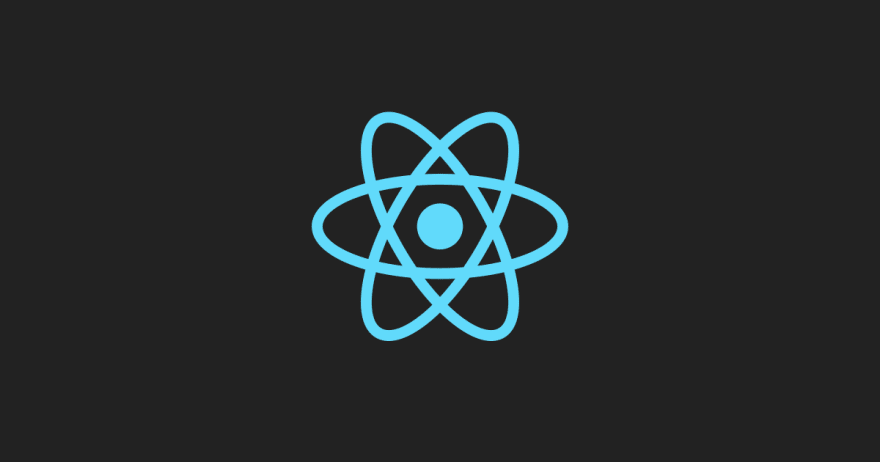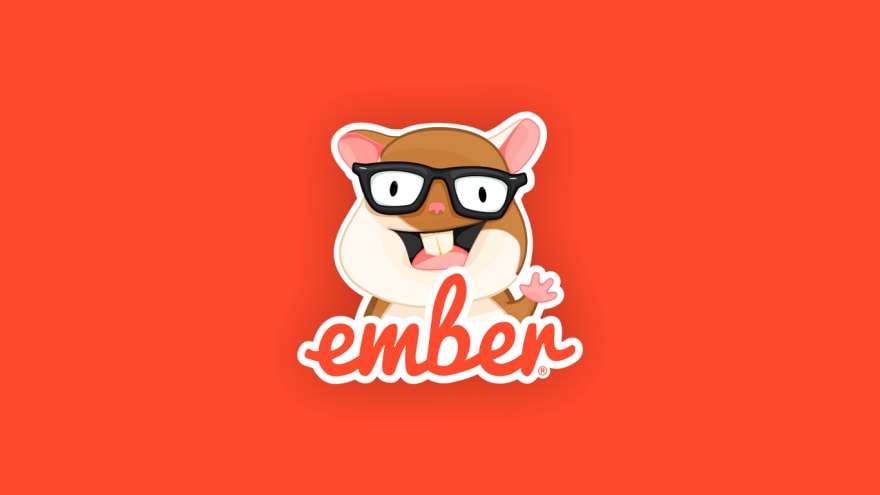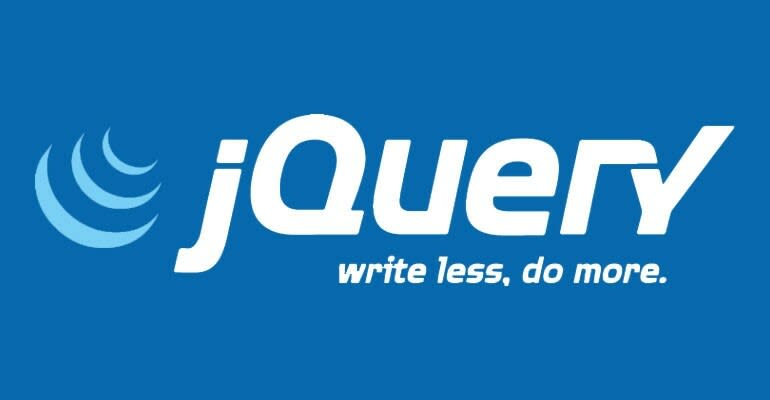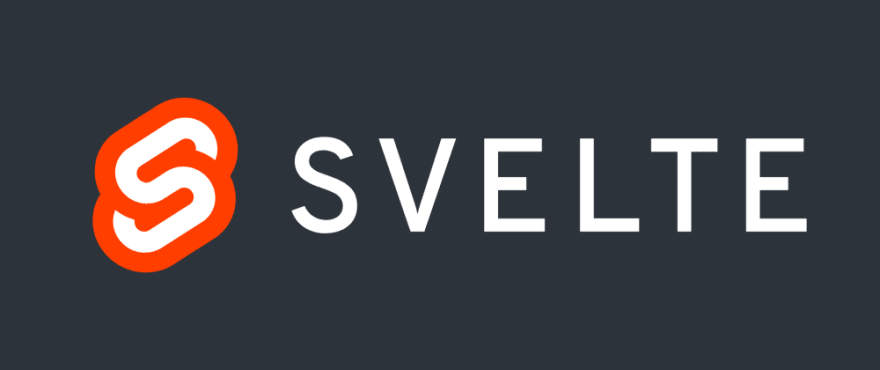28
Top 6 Frontend Frameworks in 2022 for Web Development
User experience is a priority for businesses that build websites. The functionality behind it can be complex, and usability is a must-have. To construct a user-focused, responsive website, you need to use a frontend framework. In this article, we will discuss the top frontend frameworks in 2022, including their pros, cons, and possible applications.
The frontend framework is a fundamental element of the software development process. There are numerous opportunities to build engaging web apps that ensure a high-quality experience. In this article, we will take a closer look at the most popular frameworks for the frontend to help you make the best choice for your software development project.
Frontend development turns data into the graphic interface using CSS, HTML, JavaScript, or JavaScript alternatives for web development. With the trend for mobile-first web design, the interface should fit desktop devices, tablets, and smartphones. It is possible by using CSS style sheets. It is frontend development that ensures seamless UX, scalability, and opening of the website. Here are the benefits of using frontend frameworks.
- More adaptable and faster features and apps.
- Speedy development with user-centered outcomes.
- Smooth and secure performance in all browsers and devices.
Based on the State of JS in 2020, we made a list of the top-used frontend frameworks. Keep in mind that there is no best universal framework that works perfectly for every project. To help you make the right choice, we will also mention their benefits, drawbacks, and potential usage.

Pros:
- Fast and easy to learn
- Saves time by reusing components
- Open-source library with a wide choice of tools
- Enhanced maintenance and easy code changes
- Virtual DOM enables stable and predictable performance
Cons:
- JSX is hard to understand for beginners
- Lengthy learning curve
- You can update the components quickly, so it’s hard to support proper documentation
When to use:
It is suitable to develop UI for SPA. React can increase interactivity within a short time due to component reusability.

Pros:
- The built-in functionality allows easier changes and reduces the amount of code for main features
- Directives enable experimenting with DOM and create fully-featured content with HTML
- Help and support from a huge developer community
- Dependency injectors allow to separate independent components and reuse them to build new elements.
Cons:
- Learning Angular takes much effort due to its complication
- Dynamic apps may have poor performance
When to use:
Angular is a great choice for developing enterprise-based and progressive applications. It changes the performance of browser-centered apps using two-way data binding.

Pros:
- Vast and exhaustive documentation
- Reusable code is easy to integrate
- Easy to work with due to simple syntax
- Typescript support
Cons:
- Smaller range of features if compared with React or Angular
- Doesn’t have a wide community
- Most documentation is written in Chinese
When to use:
Vue.js is an excellent fit for complex projects. It is simple, flexible, and straightforward, so you can build dynamic apps from scratch.

Pros:
- One of the fastest frameworks available
- Two-way data binding
- Well-structured
- Reliable documentation
- A highly-developed and full-set Package ecosystem to meet your requirements
- Backward compatibility
Cons:
- Small community because this framework is not so popular
- The very complicated syntax can be frustrating while working on Ember.js
- An extremely challenging learning curve
- Too complex to develop small apps
When to use:
This frontend framework is the best choice for future-oriented apps with robust UI. Ember.js fits large-scale projects and has a wide range of applications, providing great routing.

Pros:
- Supports all browsers
- One of the easiest to learn and use, even if you have little tech knowledge
- Easy to add or remove components due to its flexible DOM
- Easy HTTP requests
- Simplifying dynamic content
Cons:
- More advanced front-end solutions are available
- Comparatively slow performance
- DOM APIs are out-of-date
- Its light interface may cause issues in long-term usage
When to use:
JQuery is popular for desktop apps based on JS. It is handy in event management and implementing animations.

Pros:
- Scalability and enhanced reactivity
- Faster performance than in React or Angular
- Lightweight, usable, and employs the existing JS libraries
- The latest solution
Cons:
- Minor community
- Not enough support
- Not as popular yet
When to use:
Svelte is an excellent choice for small mobile apps if you plan to hire a small team. It’s not a good fit for large-scale projects because it lacks support.
Choosing an optimal frontend development framework may be challenging because of the vast choices. Fronted developers often opt for the most popular solutions available. But the key thing to consider is your projects’ unique requirements and the tech options offered by your service partner. The frameworks listed in this article are flexible, scalable, and have excellent community support.
We hope this article helped you find a framework that enables you to make the most out of your project.
28
